Expert cleaning secrets are the key to unlocking a sparkling, stress-free home, and I’m here to share mine! Forget spending hours scrubbing and stressing 鈥?this isn’t about back-breaking labor, but about smart, efficient techniques that will leave your space gleaming. For generations, cleaning has been a cornerstone of maintaining a healthy and happy home. From ancient civilizations using natural remedies to modern innovations, the quest for a clean living space has always been a priority.
But let’s be honest, who has the time for endless chores? That’s where these DIY cleaning hacks come in. I’ve compiled a collection of my favorite, tried-and-true methods that are not only effective but also budget-friendly and often use ingredients you already have in your pantry.
Imagine a home where surfaces shine, odors vanish, and you actually enjoy the cleaning process (or at least don’t dread it!). These expert cleaning secrets will empower you to tackle even the toughest messes with ease, giving you more time to relax and enjoy your beautifully clean home. So, grab your cleaning supplies, and let’s get started on transforming your space with these simple yet powerful DIY tricks!
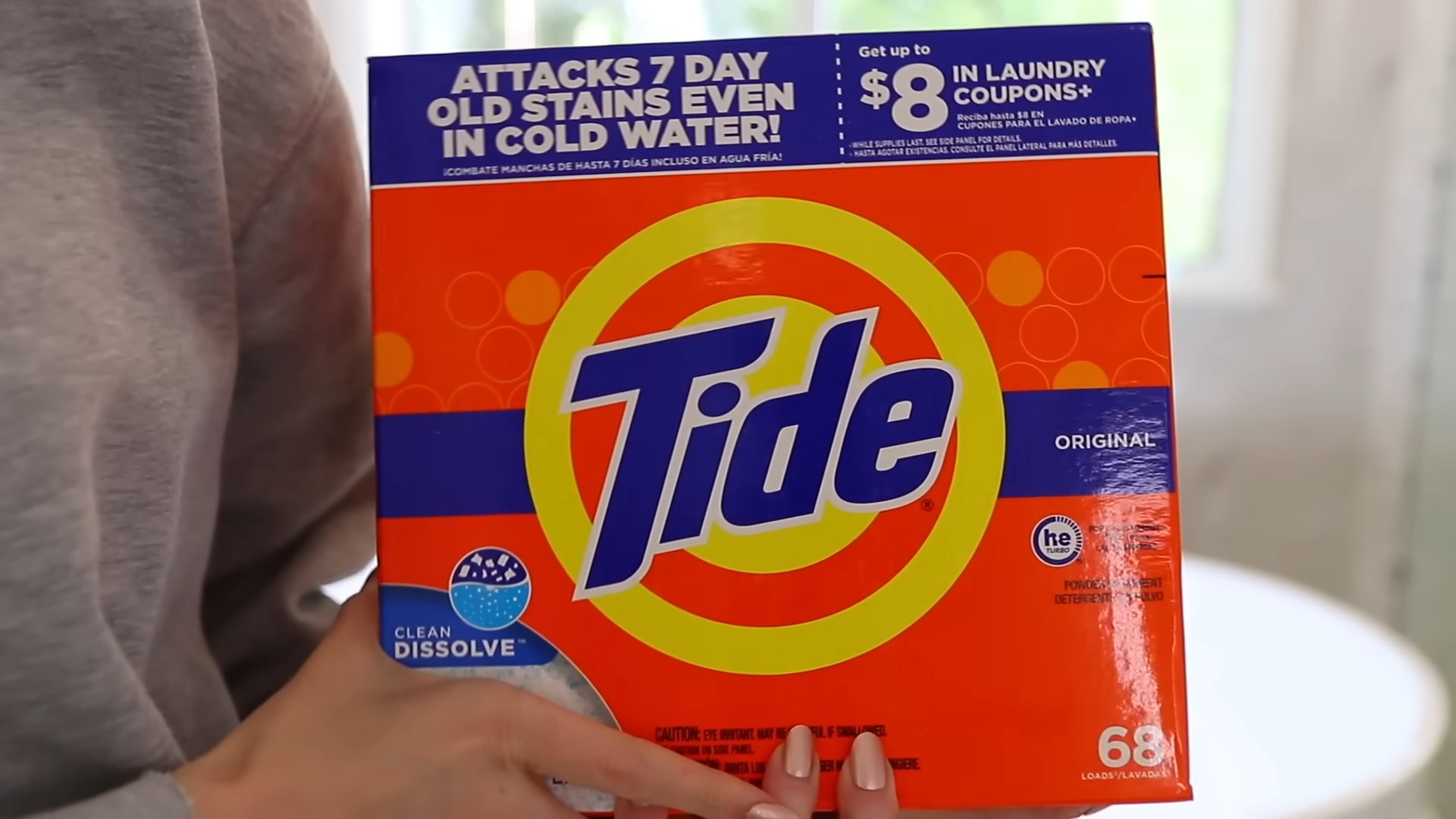
Harpic Toilet Cleaner: Unexpected DIY Hacks Beyond the Bowl
Okay, let’s be honest. We all know Harpic for its intended purpose: keeping our toilets sparkling clean. But did you know this powerful cleaner has a surprising number of uses beyond the bathroom? I’ve experimented with a few myself, and I’m excited to share some of my favorite unexpected Harpic hacks with you. Just remember, safety first! Always wear gloves and eye protection when working with Harpic, and never mix it with other cleaning products, especially bleach.
Harpic as a Rust Remover
Rust can be a real pain, especially on metal tools and outdoor furniture. Harpic’s acidic formula can help dissolve rust, making it easier to remove.
What you’ll need:
* Harpic Toilet Cleaner (Original or Power Plus)
* Gloves
* Eye protection
* A non-abrasive scrubbing pad or brush
* Water
* A container (if soaking small items)
* Rust converter (optional, for long-term protection)
Step-by-step instructions:
1. Prepare the area: Work in a well-ventilated area, preferably outdoors. Cover any surfaces you want to protect from accidental splashes.
2. Apply Harpic: Generously apply Harpic directly to the rusted area. For smaller items, you can soak them in a container filled with Harpic.
3. Let it sit: Allow the Harpic to sit for 15-30 minutes, depending on the severity of the rust. For heavily rusted items, you might need to let it sit longer, even up to an hour. Keep an eye on it to make sure it doesn’t damage the underlying material.
4. Scrub away the rust: Using a non-abrasive scrubbing pad or brush, scrub the rusted area. You should see the rust starting to loosen and come off. For stubborn rust, you might need to apply more Harpic and scrub again.
5. Rinse thoroughly: Once you’ve removed as much rust as possible, rinse the item thoroughly with water. Make sure to remove all traces of Harpic.
6. Dry completely: Dry the item completely with a clean cloth. This will help prevent new rust from forming.
7. Apply rust converter (optional): For long-term protection against rust, you can apply a rust converter to the cleaned area. Follow the instructions on the rust converter product.
Cleaning Grout with Harpic
Grout can get grimy and discolored over time, making your tiles look dull. Harpic can help brighten and clean grout lines.
What you’ll need:
* Harpic Toilet Cleaner (Original or Power Plus)
* Gloves
* Eye protection
* An old toothbrush or grout brush
* Water
* A sponge or cloth
Step-by-step instructions:
1. Prepare the area: Make sure the area is well-ventilated.
2. Apply Harpic: Carefully apply Harpic directly to the grout lines. Avoid getting it on the tiles themselves, as it could potentially damage some types of tile.
3. Let it sit: Allow the Harpic to sit for 5-10 minutes. Don’t let it sit for too long, as it could damage the grout.
4. Scrub the grout: Using an old toothbrush or grout brush, scrub the grout lines. You should see the grime and discoloration starting to lift.
5. Rinse thoroughly: Rinse the area thoroughly with water. Make sure to remove all traces of Harpic.
6. Wipe clean: Wipe the area clean with a sponge or cloth.
Removing Hard Water Stains
Hard water stains can be unsightly and difficult to remove. Harpic’s acidic formula can help dissolve these mineral deposits.
What you’ll need:
* Harpic Toilet Cleaner (Original or Power Plus)
* Gloves
* Eye protection
* A sponge or cloth
* Water
Step-by-step instructions:
1. Identify the stains: Locate the hard water stains you want to remove. These are often found around faucets, showerheads, and toilet bowls (outside the bowl, of course!).
2. Apply Harpic: Apply Harpic directly to the hard water stains.
3. Let it sit: Allow the Harpic to sit for 5-10 minutes. Don’t let it sit for too long, as it could damage the surface.
4. Scrub gently: Using a sponge or cloth, gently scrub the stained area. You should see the hard water stains starting to dissolve.
5. Rinse thoroughly: Rinse the area thoroughly with water. Make sure to remove all traces of Harpic.
6. Dry completely: Dry the area completely with a clean cloth.
Cleaning Heavily Soiled Ceramic Pots
If you have ceramic pots that have accumulated stubborn stains from soil and water, Harpic can be your secret weapon.
What you’ll need:
* Harpic Toilet Cleaner (Original or Power Plus)
* Gloves
* Eye protection
* A stiff brush
* Water
* A large container (optional, for soaking)
Step-by-step instructions:
1. Prepare the pot: Remove any loose soil or debris from the pot.
2. Apply Harpic: Apply Harpic generously to the inside and outside of the pot, focusing on the stained areas. For heavily soiled pots, you can soak them in a large container filled with Harpic diluted with water (approximately 1 part Harpic to 3 parts water).
3. Let it sit: Allow the Harpic to sit for 30-60 minutes, depending on the severity of the stains.
4. Scrub the pot: Using a stiff brush, scrub the pot thoroughly. You should see the stains starting to lift.
5. Rinse thoroughly: Rinse the pot thoroughly with water. Make sure to remove all traces of Harpic.
6. Dry completely: Dry the pot completely in the sun.
Removing Stubborn Stains from Plastic Garden Furniture
Plastic garden furniture can become stained and discolored from exposure to the elements. Harpic can help restore its original shine.
What you’ll need:
* Harpic Toilet Cleaner (Original or Power Plus)
* Gloves
* Eye protection
* A sponge or cloth
* A brush (optional, for textured surfaces)
* Water
* A hose (optional, for rinsing)
Step-by-step instructions:
1. Prepare the furniture: Remove any loose dirt or debris from the furniture.
2. Apply Harpic: Apply Harpic directly to the stained areas of the furniture.
3. Let it sit: Allow the Harpic to sit for 10-15 minutes. Don’t let it sit for too long, as it could damage the plastic.
4. Scrub the furniture: Using a sponge or cloth, scrub the stained areas. For textured surfaces, you can use a brush to get into the grooves.
5. Rinse thoroughly: Rinse the furniture thoroughly with water. You can use a hose for easier rinsing. Make sure to remove all traces of Harpic.
6. Dry completely: Dry the furniture completely in the sun.
Important Safety Considerations
Always remember these crucial safety tips when using Harpic for any DIY project:
* Ventilation is key: Work in a well-ventilated area to avoid inhaling fumes.
* Protective gear is essential: Always wear gloves and eye protection to prevent skin and eye irritation.
* Never mix with bleach: Mixing Harpic with bleach can create dangerous and toxic fumes.
* Test on an inconspicuous area: Before applying Harpic to a large area, test it on a small, inconspicuous area to ensure it doesn’t damage the surface.
* Keep out of reach of children and pets: Store Harpic in a safe place where children and pets cannot access it.
* Rinse thoroughly: Always rinse the treated area thoroughly with water to remove all traces of Harpic.
* Read the label: Always read and follow the instructions on the Harpic label.
Why Harpic Works for These Hacks
Harpic’s effectiveness in these DIY hacks stems from its powerful formula, which typically contains hydrochloric acid. This acid helps to:
* Dissolve mineral deposits: This makes it effective for removing hard water stains and limescale.
* Break down rust: The acid reacts with rust, loosening it and making it easier to remove.
* Lift grime and dirt: Harpic’s cleaning agents help to lift dirt and grime from surfaces.
Important Note: While Harpic can be a useful tool for these DIY projects
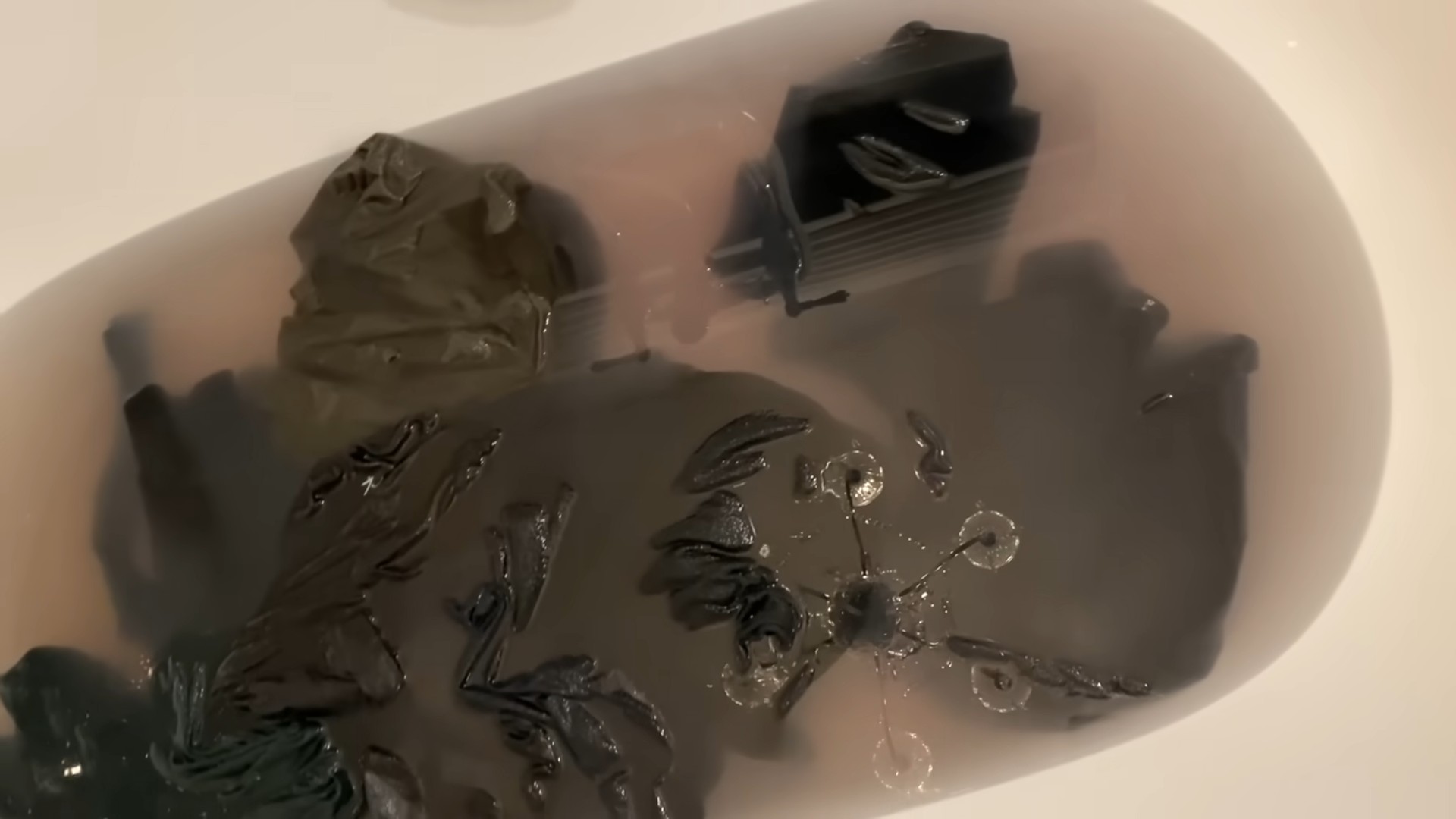
Conclusion
So, there you have it! Mastering these expert cleaning secrets isn’t just about achieving a spotless home; it’s about reclaiming your time, saving money, and creating a healthier, happier living space. We’ve unveiled some truly game-changing techniques that go beyond the typical cleaning routine, offering solutions to common household challenges that often require expensive products or professional services.
The beauty of these DIY approaches lies in their simplicity and accessibility. You likely already have most, if not all, of the ingredients needed right in your pantry or bathroom cabinet. Think about the satisfaction of transforming a grimy oven into a sparkling clean appliance with just baking soda and vinegar, or banishing stubborn hard water stains with the power of lemon juice. These are not just cleaning hacks; they are empowering tools that put you in control of your home environment.
But the real magic happens when you start experimenting and adapting these techniques to your specific needs. For instance, if you’re dealing with particularly tough grease stains, consider adding a few drops of essential oil, like lemon or orange, to your cleaning solution for an extra boost of degreasing power and a refreshing scent. Or, if you have sensitive skin, always wear gloves when handling cleaning solutions, even natural ones.
Don’t be afraid to tweak the ratios of ingredients to find what works best for your surfaces and the level of grime you’re tackling. Remember, cleaning isn’t a one-size-fits-all solution. What works wonders in one home might need a slight adjustment in another.
We wholeheartedly encourage you to try these expert cleaning secrets and witness the transformative power they hold. Start with one technique that resonates with you and see the difference it makes. Perhaps you’ll begin with the grout cleaning paste, or maybe you’ll tackle that stubborn buildup in your showerhead. Whatever you choose, we’re confident that you’ll be amazed by the results.
And most importantly, we want to hear about your experiences! Share your before-and-after photos, your tips and tricks, and any variations you’ve discovered in the comments section below. Let’s create a community of cleaning enthusiasts who are passionate about sharing their knowledge and helping each other achieve a cleaner, healthier, and more enjoyable home. Your insights could be invaluable to someone else who’s struggling with a similar cleaning challenge.
So, go ahead, embrace these expert cleaning secrets, and unlock the potential for a truly sparkling home. We can’t wait to hear about your success stories!
Frequently Asked Questions (FAQs)
Q: Are these expert cleaning secrets safe for all surfaces?
A: While most of these cleaning solutions are made with natural ingredients and are generally safe, it’s always a good idea to test them on an inconspicuous area first, especially on delicate surfaces like marble, granite, or wood. Different materials react differently to various cleaning agents, so a spot test will help you avoid any potential damage or discoloration. For example, vinegar, while a powerful cleaner, can etch certain types of stone. Similarly, abrasive cleaners should be avoided on surfaces that scratch easily. Always read the labels of any commercial cleaning products you use in conjunction with these DIY methods to ensure compatibility.
Q: How often should I use these cleaning methods?
A: The frequency of cleaning depends on several factors, including the amount of traffic in your home, the presence of pets or children, and your personal preferences. For high-traffic areas like kitchens and bathrooms, you might want to use these cleaning methods weekly or even more frequently. For less frequently used areas, such as guest rooms or storage spaces, monthly cleaning might suffice. Pay attention to the buildup of dirt and grime and adjust your cleaning schedule accordingly. Regular maintenance cleaning will prevent the accumulation of stubborn stains and make your cleaning tasks easier in the long run.
Q: Can I use essential oils in all of these cleaning solutions?
A: Essential oils can be a wonderful addition to your cleaning routine, adding a pleasant scent and potentially boosting the cleaning power of your solutions. However, not all essential oils are created equal, and some may be more suitable for cleaning than others. Lemon, tea tree, eucalyptus, and lavender are popular choices for their antibacterial, antifungal, and antiviral properties. When using essential oils, be sure to use them sparingly, as a little goes a long way. A few drops are usually sufficient for a standard-sized cleaning solution. Also, be mindful of any allergies or sensitivities you or your family members may have to certain essential oils.
Q: What if I don’t have all the ingredients listed in the recipes?
A: The beauty of these DIY cleaning solutions is that they are often quite flexible. If you’re missing an ingredient, you can often substitute it with something else. For example, if you don’t have white vinegar, you can use apple cider vinegar instead. If you don’t have baking soda, you can try using washing soda. However, keep in mind that the results may vary slightly depending on the substitutions you make. If you’re unsure about a particular substitution, it’s always best to do a little research or consult with a cleaning expert.
Q: Are these cleaning solutions safe for pets and children?
A: While these DIY cleaning solutions are generally safer than many commercial cleaning products, it’s still important to take precautions when using them around pets and children. Keep cleaning solutions out of reach of children and pets, and avoid using them in areas where they are likely to come into contact with them. If you’re concerned about potential exposure, you can opt for cleaning solutions that are specifically formulated for use around pets and children. Always rinse surfaces thoroughly after cleaning to remove any residue.
Q: How do I store these DIY cleaning solutions?
A: Store your DIY cleaning solutions in airtight containers, preferably labeled with the contents and the date they were made. Keep them in a cool, dark place away from direct sunlight and heat. Some cleaning solutions, such as those containing hydrogen peroxide, may degrade over time, so it’s best to use them within a few months of making them. Never store cleaning solutions in containers that are used for food or beverages, as this could lead to accidental ingestion.
Q: What are some other expert cleaning secrets I should know?
A: Beyond the specific techniques mentioned in the article, there are many other expert cleaning secrets that can help you achieve a spotless home. One important tip is to declutter regularly. A cluttered home is harder to clean and maintain. Another tip is to clean as you go. Wipe up spills immediately and put things away after you use them. This will prevent dirt and grime from building up and make your cleaning tasks easier in the long run. Finally, don’t be afraid to ask for help. If you’re feeling overwhelmed, consider hiring a professional cleaning service to give your home a deep clean.

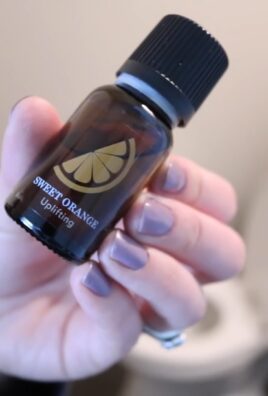
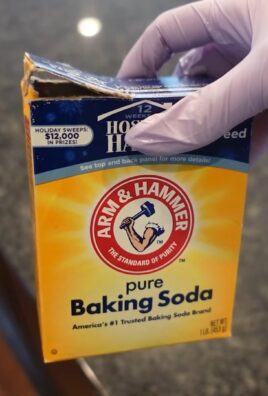
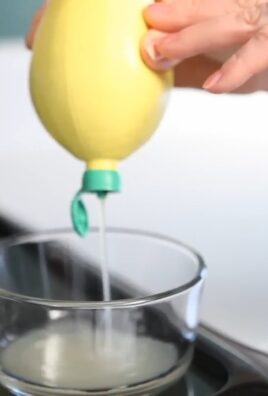
Leave a Comment